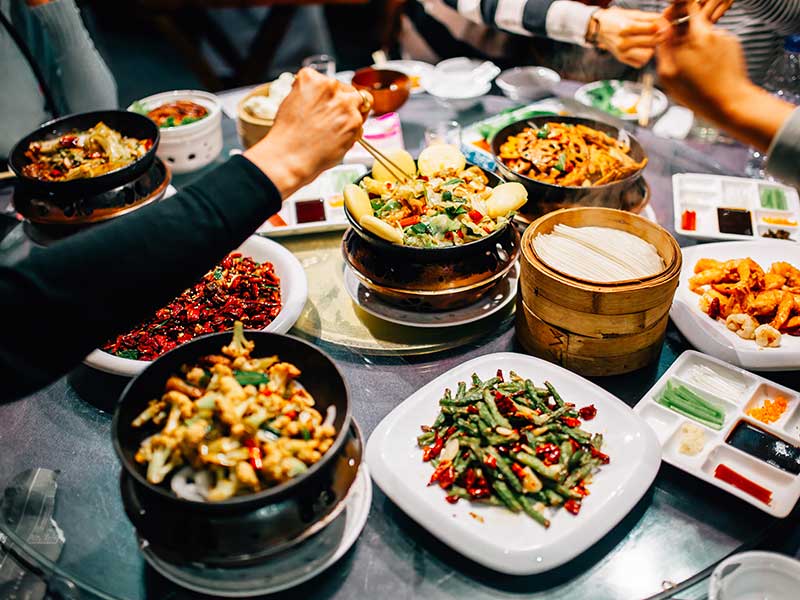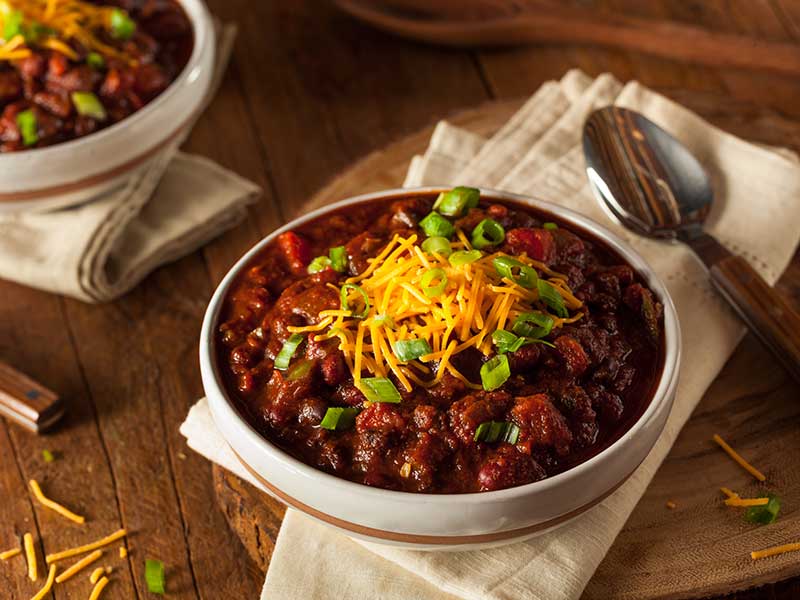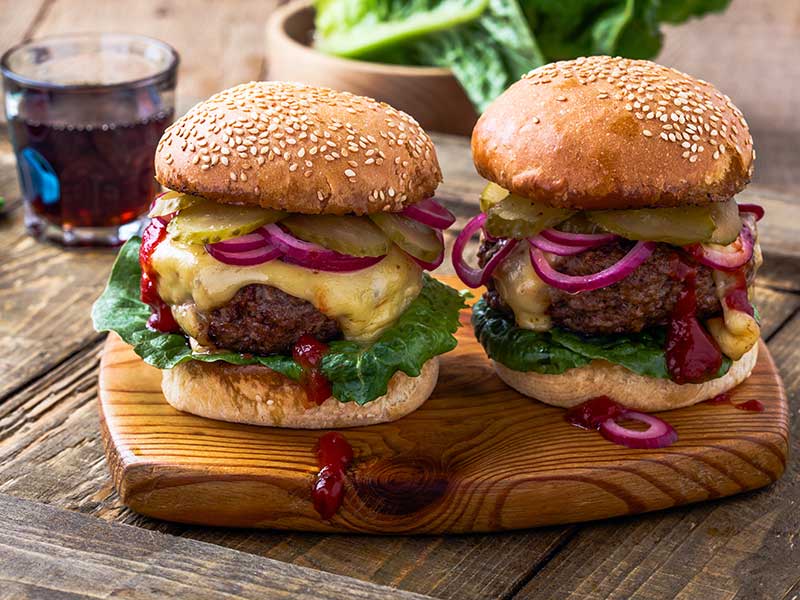New year, similar story. Over the next few months, countless words will be spilled on how consumers are looking to make a fresh start to the year, shaking off those extra holiday pounds or finally making long-term lifestyle choices.
Diners are certainly more aware than ever about what they put into their bodies. People are eating lighter, ordering lower environmental impact proteins, and have a keen eye toward a mindful diet. Menu overhauls are not necessary here, but some carefully considered healthful, accessible ingredients that servers can point out will help the bottom line and drive repeat business.
Options Are Key
On a recent visit to Los Angeles, I was pleasantly surprised to find most Asian takeout restaurants offering not only brown rice as an option but steamed broccoli with entrées. It was a revelation and made me wonder why more restaurants don’t offer choices like this. It was also just as tasty. Likewise, an abundance of healthier grains can be used as alternatives. Think of farro risottos, whole wheat pastas, zucchini noodles, or spaghetti squash in place of heavier, carb-ier options.
Plant-Based Meat Substitutes
Plant proteins, such as lentils, chickpeas, and quinoa, are excellent sources of essential nutrients without the environmental impact associated with traditional animal-based protein sources and can be replaced in dishes, much like those above. However, taking vegetable substitutions further, consider ways to elevate winter vegetables into main course stars.
Red cabbage is a criminally underrated ingredient in restaurants. Punch up plates with a huge dose of vitamin C, an antioxidant-rich, immune booster that when slowly braised, takes on the savory characteristics of a premium ragu. Offer with a smart portion of pasta (or, the aforementioned grains) and you have a dish that goes beyond the standard fast casual bowls so popular the last few years. The same can be done with gut health promoting sweet potatoes; vitamin, mineral, fiber, and antioxidant-packed kale; and beta-carotene rich carrots.
The Tofu Comeback
Though I hesitate to refer to tofu as trendy, this high-protein staple contains all the essential amino acids your body needs. It also provides fats, carbs, and a wide variety of vitamins and minerals that protect against illnesses such as heart disease, diabetes, and even certain types of cancer.
However, we all know what tofu is up against. In some diners’ opinions, the slippery texture and bland taste are often non-starters. But a simple prep hack — draining, slicing, and then freezing overnight — results in a texture becoming denser and spongier, with an abundance of coral reef–like holes to absorb sauces and marinades. This is a total game changer, and one that elevates tofu to a main course plate.



